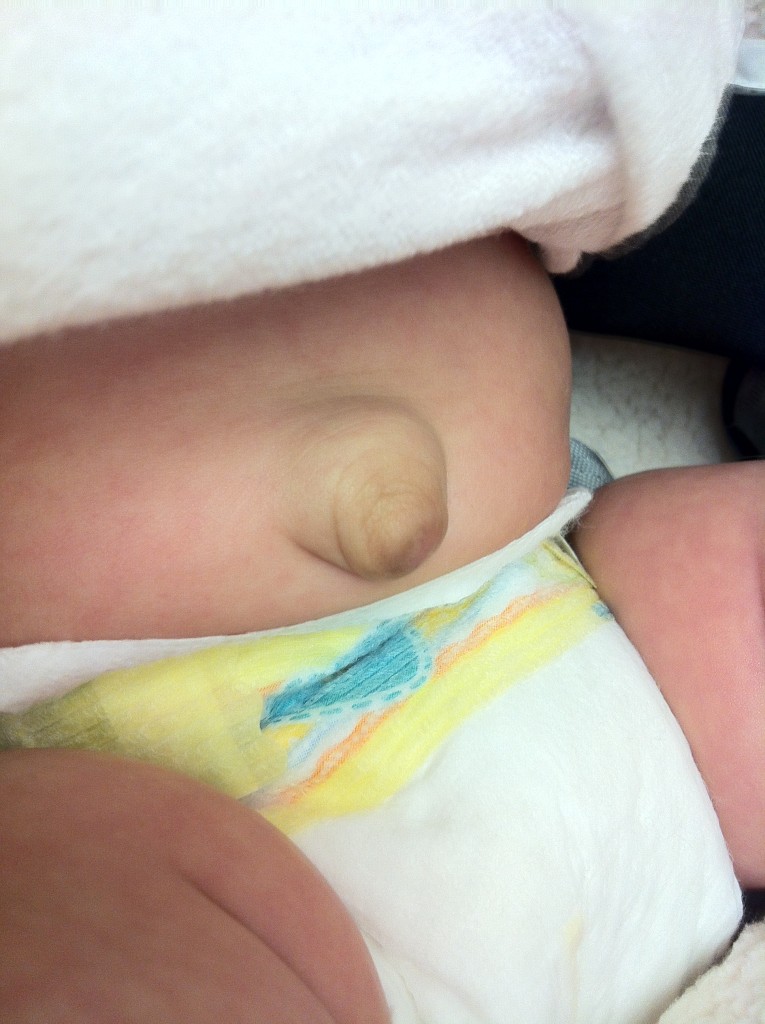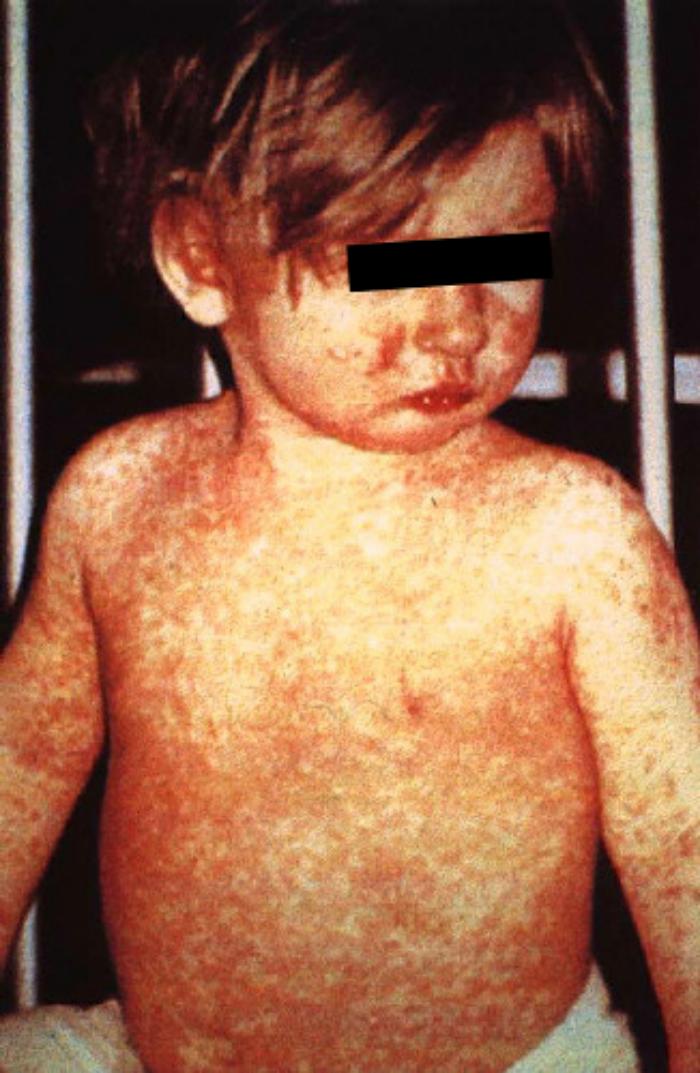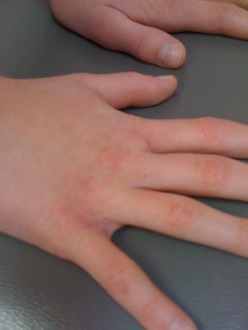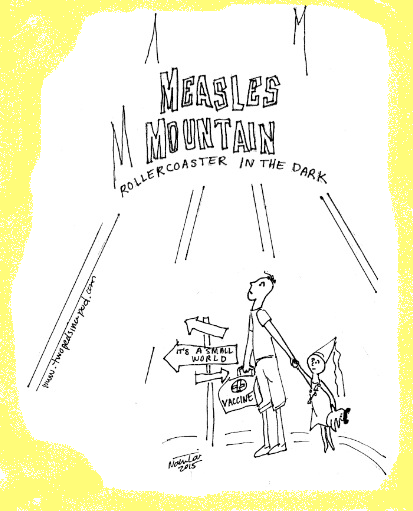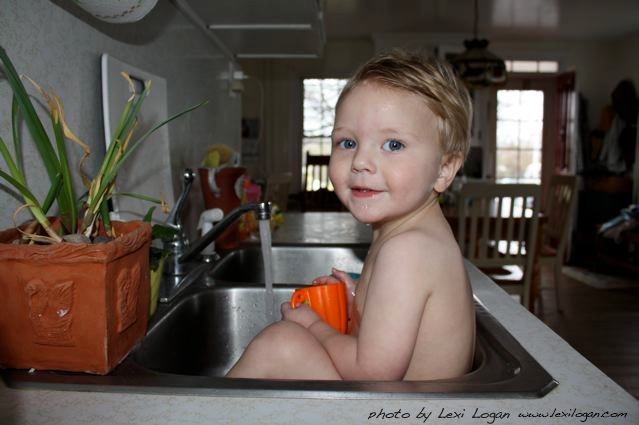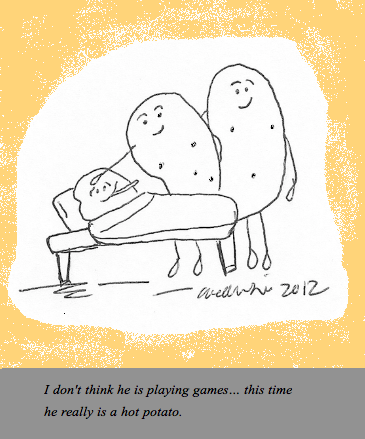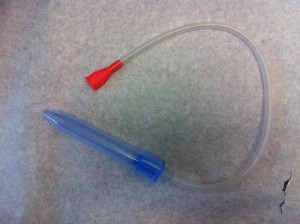Why is my teen so tired?
Do you recognize yourself in this scenario? It’s early morning and you hear your teen’s cell phone buzz but you do not hear your teen getting up for school. You go into his room several times to rouse him until he finally drags himself into the bathroom. Several times more you implore him to move quickly. You argue as you do every day that he needs breakfast. You pack his lunch, remind him to put it into his backpack and end up driving him to school because he missed the bus 15 minutes ago.
Here’s the thing: teens are developmentally capable of getting themselves up in the morning, washing, dressing, getting breakfast, packing a lunch, and arriving at the bus stop on time by themselves. If you are integral in your teen’s morning routine because he can’t wake up in time to get ready for school, then consider becoming much more involved in his bedtime routine.
The quick answer to, “Why is my teen so tired?” is that your teen likely is not getting enough sleep. How much sleep do teens need? According to the National Sleep Foundation, the average teen requires 8-10 hours of sleep per day in order to enjoy optimum health and to feel well-rested. But teens now get less sleep than they did twenty years ago.
Reasons for teen sleep deprivation are myriad. Children naturally become more nocturnal as they age. Their biologic circadian rhythms change to favor staying up late and sleeping late. Yet, just as their bodies crave a later start to the day, they enter high school, which usually starts earlier than their previous schools. Studies find in school districts that have experimented with later start times, teens do not stay up later, but do get more sleep per night. Overall, the teens function better in school, have fewer car accidents, and suffer less depression than their counterparts in other schools.
To gauge if your teen gets enough sleep, ask yourself, does he pop up in the morning, happy and awake seconds after the alarm sounds? If so, your teen reached her optimal amount of sleep. Keep in mind, this differs for everyone. Dr. Lai knew a teen who went to bed at 8 p.m. and slept until 2 a.m. At that point the teen woke up, did her homework and went happily to school.
Helping your teen sleep:
Cut down on screen time. Computer, phone, TV, tablets, and game consoles are known to delay sleep onset when used in the hour prior to going to bed. In fact, according to a study of teens in Norway, screen use for more than 4 hours per day, even when used early in the day, leads to an average of 2 hours less sleep a night.
Of course teens have lots of homework, but try watching her do homework with her cell phone buzzing for her attention every minute- it’s like having your toddler poke you for attention when you try to balance your checkbook. Suggest that your teen turn off her phone or leave it in another room for periods of time while she does homework. Getting homework done more efficiently will leave more time for sleeping.
After school activities are important, but some teens need to scale back in order to have time for homework and a bedtime that allows for at least 8 hours of sleep. Teens are often too illogical to say “no” to any of the obligations that come their way. You will have to be the bad guy.
What if your teen has an acceptable bedtime but can’t fall asleep? Caffeine may be the culprit. Even a cup of coffee in the morning can affect falling asleep at night- caffeine stays in the body for 24 hours. Often teens may not realize that the soda or ice tea they drank at dinner contains caffeine.
On that same note, cold medications can keep kids up at night and even prescription medications such as ones prescribed for Attention Deficit Hyperactivity Disorder interfere with falling asleep.
Make sure your teen’s sleep is restful and restorative. A clogged nose from allergies, or if he is itchy from bug bites, may be disturbing his sleep.
To shift a late bedtime up, have your teen move his bedtime up 15 minutes a night, but keep his wake-up time the same. Don’t let him nap in the day and gradually you will be able to shift him back. On weekends don’t allow him to sleep in. Sleeping in too long will result in late bedtimes and an overtired kid Monday morning. If you’ve tired everything, but if your kid has difficulty resetting her clock to an earlier bedtime, ask your doctor about using melatonin.
Now if your teen is getting the proper amount of sleep and good quality sleep and yet still feels tired, this is fatigue. Fatigue is how a woman feels when she is pregnant. A pregnant woman may have had plenty of sleep, but she still feels tired. Medical problems other than pregnancy can cause fatigue- “Mono” or Mononucleosis, anemia, and sleep apnea are just a few. Other causes of fatigue include mental illness and drug addiction. Weight loss and depression are other signs that should trigger you to bring your tired teen to his physician for further evaluation.
Although it’s hard to watch your kid learn the misery of sleep deprivation, do your best not to say “I told you so.” Keep in mind you are looking at the same child who, as a three-year-old protested leaving a party, insisting “I am not tired,” as he fell asleep midsentence during the car ride home. He just grew into the teen who says, “I am not tired,” as he falls asleep with ear buds in and with the lights still on. As Dr. Lai is fond of saying, “Choosing sleep is what distinguishes grown-ups from kids. You know you are a grown-up when instead of fighting sleep, you chose to sleep.”
Your teen may look grown up, but he still needs you to enforce good habits, including establishing a bedtime that allows him to function optimally during the day. Remember to check in with your teen before bed, just like you talked to him at bedtime when he was young. Your involvement at bedtime can result in less stressful mornings for both of you.
For more, if you live in the Bucks County PA area, go to the Community Conversations Workshop March 25 , 2015 at 7pm at Council Rock South High School, Holland, PA. We will be part of a group of experts talking about Communication Do’s and Don’t, Optimizing Teen Sleep and Dealing with Stressed Out Students. Presented by the Council Rock Education Foundation and the Council Rock Coalition for Healthy Youth. Made possible by The Children’s Hospital of Philadelphia.
Julie Kardos, MD and Naline Lai, MD
©2015 Two Peds in a Pod®
